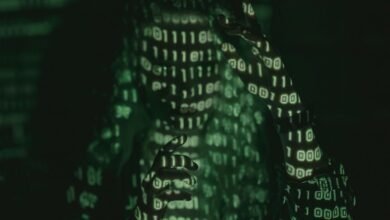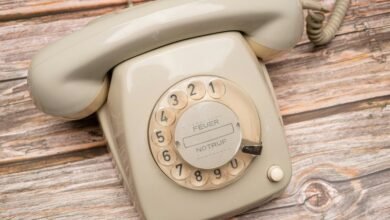The Caller You Can’t Ignore: 6302392171

The number 6302392171 has emerged as a notable source of concern among many individuals. Reports indicate an increase in unsolicited calls, leading to feelings of invasion and anxiety. Recipients often grapple with the unknown identity of the caller, prompting questions about the nature of these interruptions. What strategies can one employ to regain control over their communication? Understanding the implications of such calls may reveal more than just an annoyance.
The Mystery Behind 6302392171
The phone number 6302392171 has become a topic of intrigue for many who have experienced unsolicited calls from it.
This mystery caller raises questions about the motives behind such communications. Analysts suggest a potential connection to phone scams, with victims reporting various deceptive tactics employed during conversations.
As awareness grows, individuals seek to understand the implications of these unsolicited interactions on personal freedom and privacy.
Common Experiences With the Caller
Experiences with the caller from 6302392171 have varied widely among those who have received calls.
Many report unwanted interruptions that disrupt daily activities, while others express frustration over the ambiguous caller identity.
This uncertainty often leads to speculation about the caller’s intentions, revealing a common desire among recipients for clarity and control over their communication, free from unsolicited disturbances.
How to Handle Unwanted Calls
Many individuals find themselves grappling with the challenge of unwanted calls, prompting the need for effective strategies to manage these interruptions.
One approach involves blocking numbers to prevent future disturbances. Additionally, reporting spam can help authorities address persistent offenders.
Staying Safe in a World of Unknown Numbers
Navigating the landscape of unknown numbers presents a unique set of challenges that extend beyond merely blocking unwanted calls.
Effective blocking techniques are essential, yet they often fall short without robust caller identification systems. Individuals are urged to adopt a proactive approach, discerning legitimate calls from potential threats.
This critical awareness fosters a sense of autonomy, empowering users to protect their personal space in an increasingly connected world.
Conclusion
In conclusion, the persistent calls from 6302392171 highlight a growing concern for many individuals navigating unsolicited communications. Interestingly, a recent study found that nearly 50% of Americans report receiving spam calls daily, underscoring the prevalence of this issue. As awareness of such disruptive interruptions increases, it becomes imperative for recipients to adopt proactive strategies to mitigate their impact. Engaging with caller identification systems and understanding how to manage unwanted communications can empower individuals to reclaim their personal space.





